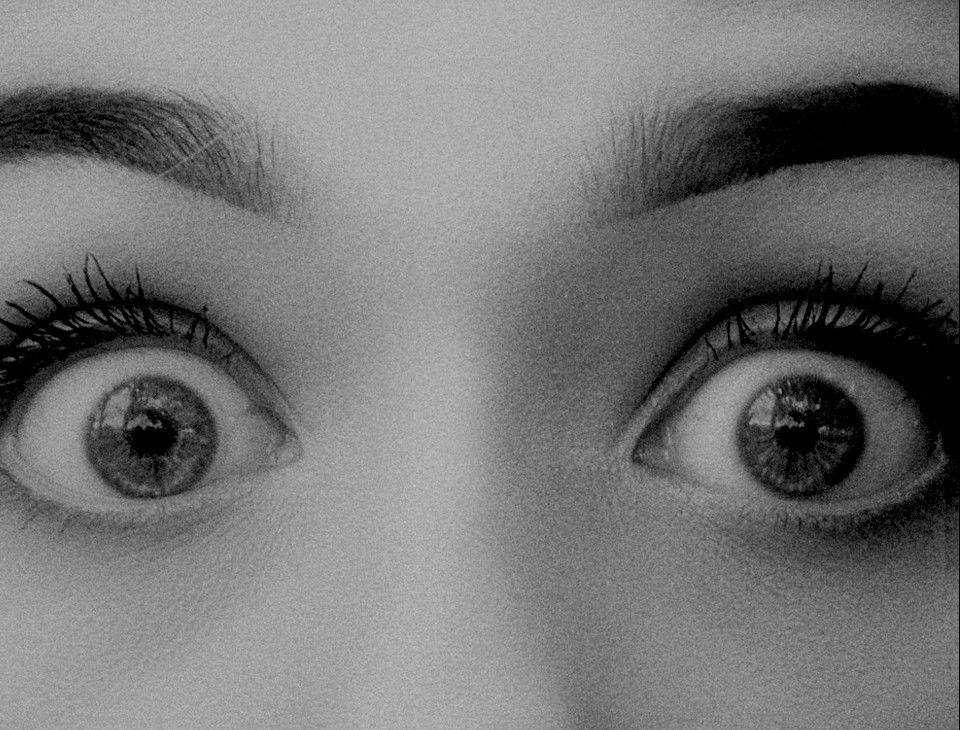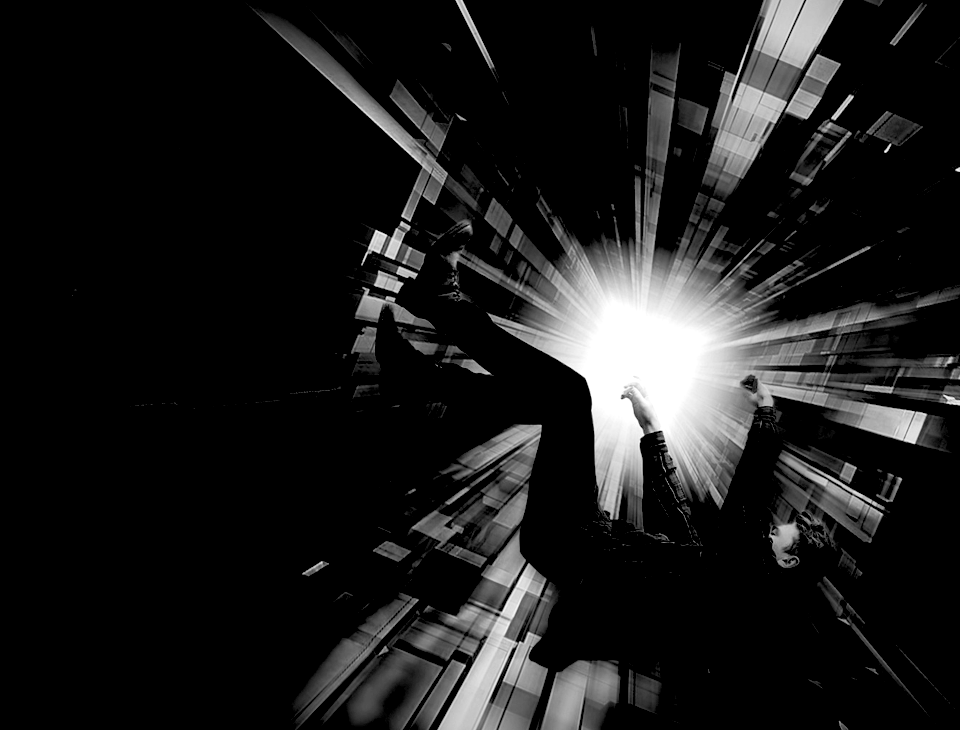Precognitive Dreams: How the Human Brain Seeks Patterns in Chaos
- Niteen Hatle
- Aug 19
- 4 min read

Have you ever looked at the clouds and thought you saw a dragon, a rabbit, or your grumpy neighbor's face? Well, congratulations! Your brain is doing exactly what it’s wired to do—finding patterns in the chaos around you. It’s not just imagination; it’s neuroscience at play. You do it every single day without even realizing it.
Whether it's trying to understand a strange dream or making sense of a messy situation, your brain is a full-time pattern detective. And trust me, it doesn’t take any holidays.
We’re Wired for Patterns (Even When They’re Not There)
You walk into a dark room, and your brain immediately starts working—"Was that a shadow or something more sinister?" Your brain is trained to recognize shapes, faces, voices, and even emotional patterns. Why? Because long ago, this helped our ancestors survive.
Recognizing a lion behind a bush (even when it was just wind) was better than missing a real lion and becoming its lunch. So your brain plays it safe by spotting patterns—even false ones.
That’s why you see a face in toast, hear a melody in a washing machine, or believe that certain dreams predict future events. This habit of the mind is called “apophenia.” It’s a fancy word for seeing connections that may not be there, but they feel very real.
Your Brain Loves a Good Story
Let’s say you had a dream about someone you haven’t seen in years—and then, boom, they message you the next day. You’re like, “Okay, either I’m psychic, or this is a crazy coincidence.” This is where the brain really shines—it links cause and effect with very little data.
You start wondering if this was one of those precognitive dreams you’ve read about online. Maybe it was your subconscious picking up subtle clues. Or maybe your brain is doing what it always does—making a neat little story out of randomness.
We crave logic, meaning, and resolution. That’s why we binge-watch mystery shows, love plot twists, and overthink text messages. Your brain builds stories to explain the world. And sometimes, the world is just messy and weird.
Dreams, Doodles, and Deja Vu: Pattern Power Everywhere

Dreams are wild little movies your brain makes when it’s left unsupervised. And in the middle of those dreams, your brain starts collecting symbols, people, and places, sometimes forming odd connections. You wake up and think, “What does this mean?”
Maybe nothing. Or maybe your mind is organizing thoughts, memories, and feelings into a visual jigsaw puzzle. This is where ideas like precognitive dreams begin to sound plausible. If a dream matches real life later, you feel like your mind jumped through time. If it doesn’t, you just forget about it.
The thing is, your brain doesn’t like loose ends. It notices a pattern that matches something in real life and shouts, “Aha! Told you!” And conveniently ignores the hundred other dreams that led nowhere. That’s just the pattern radar doing its job.
Chaos Makes Us Uncomfortable—So We “Clean It Up”
If you’ve ever stared at static on a TV and thought you saw shapes or movement, you’re not alone. It’s called pareidolia, another cousin of pattern-finding. Your brain wants to bring order to chaos. Even when the data is random, it forces structure.
Why? Because chaos feels unsafe. The unknown is uncomfortable. And when we can label or categorize something, it suddenly feels manageable. You don’t want to just accept that life is random—you want to find the message in the madness.
That’s how conspiracy theories are born, how horoscopes feel spot-on, and yes—how people end up believing they’ve had genuine precognitive dreams. It’s not foolish; it’s natural. Our minds like tidy packages, not open questions.
A Little Logic, A Little Magic
Sometimes, you’ll hear someone say, “There are no coincidences.” But there are—tons of them. Your brain, though, hates the word “random.” It would rather believe the universe is sending you signals.
So when you have a dream, and something similar happens later, your brain wants that to mean something. And sure, maybe once in a blue moon, it does. Maybe your subconscious picks up on things you’re too busy to notice. Maybe your memory stores more than you realize.
Or maybe it’s just your brain spinning connections, stories, and symbols—because that’s what it does best.
Final Thoughts: Precognitive Dream - It’s Beautiful, Not Broken
Your brain is not broken for seeing patterns in the mess. It’s beautiful. It’s adaptive. It’s trying to help you.
Even if it means imagining faces in clouds, seeing signs in dreams, or believing you “just knew” something would happen, your brain is doing what it’s designed to do—protect you, guide you, and give meaning to the meaningless.
So the next time you have a dream that feels oddly real or think you've had one of those precognitive dreams, don’t panic. Smile. Your brain is doing its fun little magic trick—weaving a story out of static.
Summary Takeaway:
Your brain is wired to see patterns—even in random noise or chaotic moments.
This helps with survival, storytelling, and emotional comfort.
Dreams often spark the idea of precognitive visions, but they may just be pattern-matching games your mind plays.
You’re not imagining things—but you kind of are. And that’s okay.
Enjoy the magic, but keep your curiosity grounded in both science and wonder.
Like and share to people who you think would be interested in this blog post
Subscribe (button to the top right) to get notified about new blog posts and other updates.







Comments